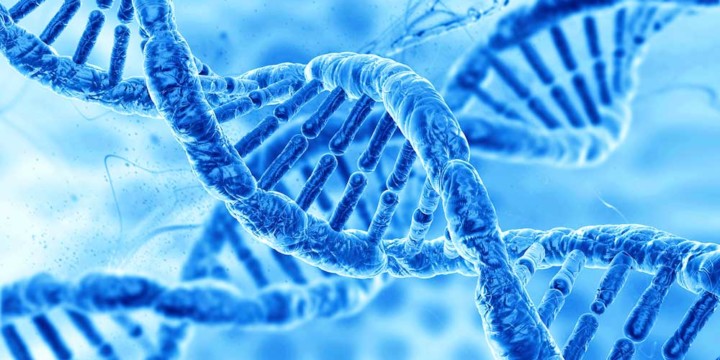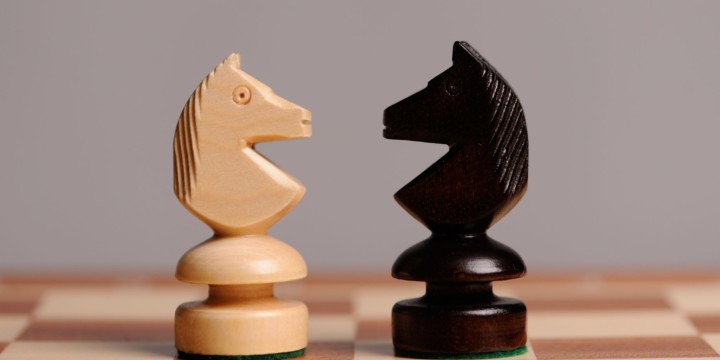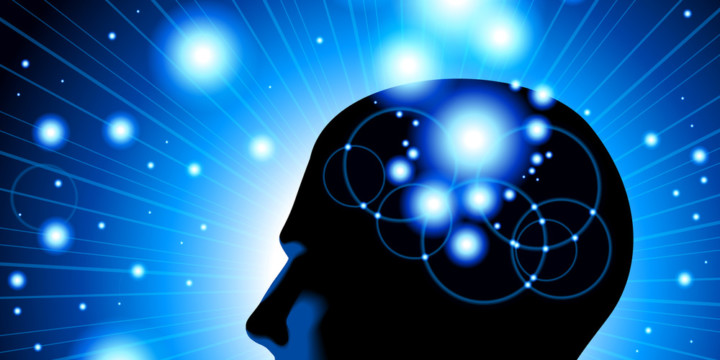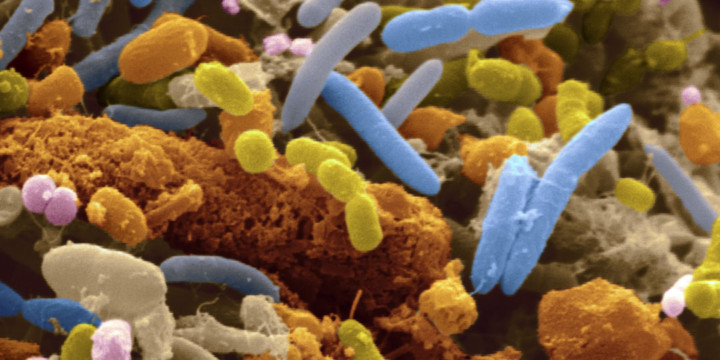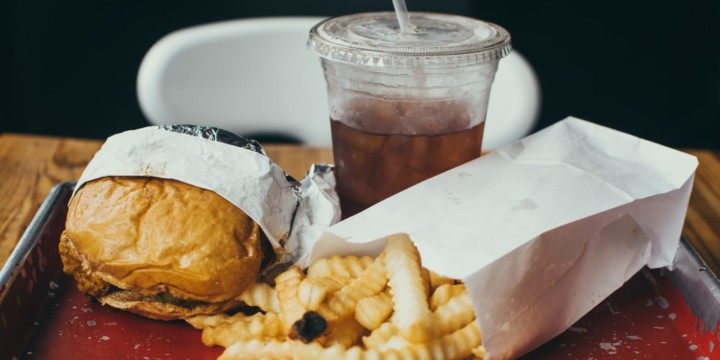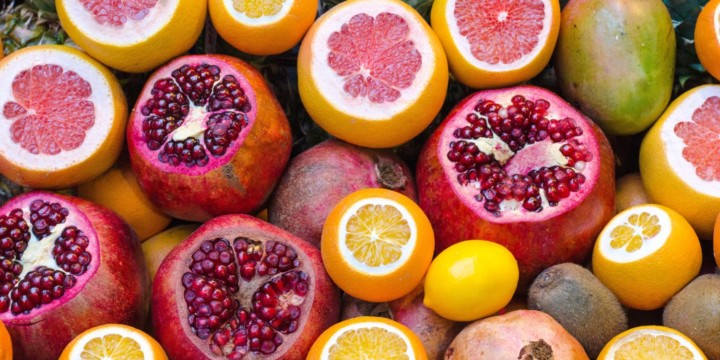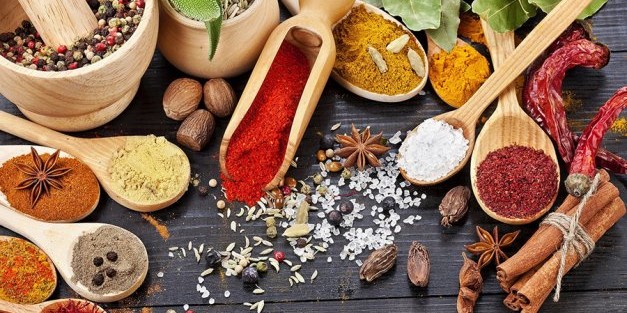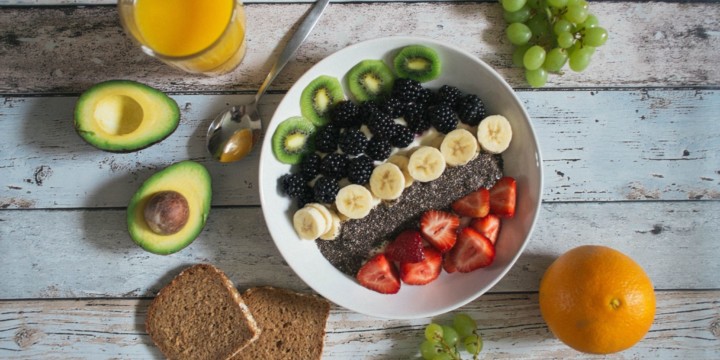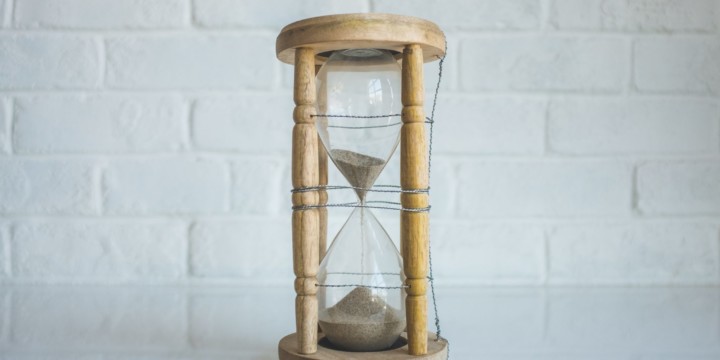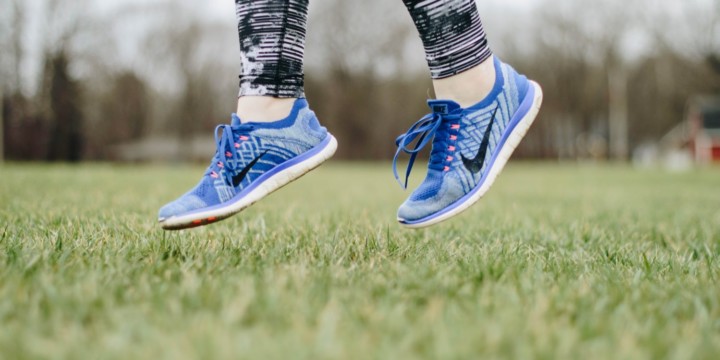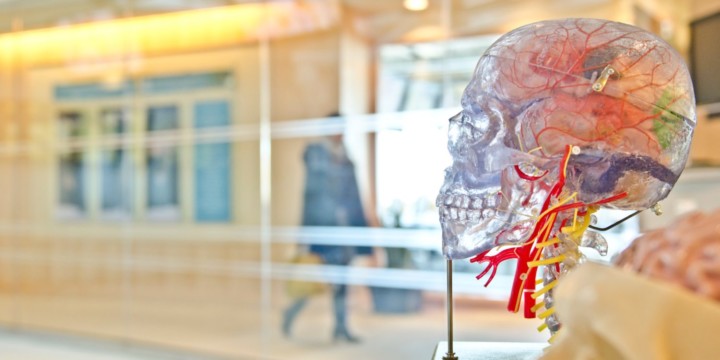Physiology of Rheumatoid Arthritis
Rheumatoid Arthritis (RA) is an auto-immune disorder where the body’s immune system attacks the tissues of the synovial membrane that surrounds the movable joints in the body. This causes chronic inflammation in the joints.The synovial membrane contains the synovial fluid that lubricates the joints. When the membrane is inflamed, the volume of the synovial fluid decreases. Consequently, the joints become stiff and painful. RA mostly affects the joints in knees, feet, elbows, wrists, and fingers. It can also affect the eyes, lungs, stomach, liver, lungs.
Symptoms
- Prolonged stiffness, swelling, pain, and tenderness in joints.
- Warm feeling in the joints
- The temporary stiffness of joints in the morning
- Joints affected in a symmetrical pattern
- Fatigue, loss of appetite or mild fever
Effect of RA on different organs of the body
Although RA causes inflammation in the joints, there could be overall inflammation in the body. This can affect various organs in different ways-
Eyes: Eyes may turn red, dry, painful or sensitive to light
Lungs: Lung function may be impaired causing shortness of breath
Mouth: Dryness of mouth, irritation in gums could be caused by RA
Skin: Small lumps called rheumatoid nodules could be formed over the joints.
Blood: Anemia is often associated with RA
Blood vessels: The blood vessels could be inflamed affecting the function of other organs
Causes and Risk Factors for Rheumatoid Arthritis
The exact cause of RA is unknown. However, several factors increase the risk of RA. RA usually affects the people in the age 30 – 50 years. It is more common in women than in men. Genetic factors play important role in RA and it could run in families. Exposure to asbestos and silica increases the risk of RA.
Treatment of RA in Allopathy
The treatment of RA is aimed at managing the symptoms and slowing down the progress of the disease.
Non-Steroidal Anti Inflammatory Drugs such as ibuprofen and naproxen sodium are prescribed to help ease arthritis pain and swelling. Formulations in the form of patch or cream which can be directly applied to the joints to reduce inflammation are also available.
The classes of drugs such as corticosteroids and Disease Modifying Anti-Rheumatic drugs (DMARDs) can slow the disease activity. Corticosteroids are used for short-term before the NSAIDs or DMARDs can start acting. DMARDs work by modifying the course of the disease.
There are many subcategories of DMARDs such as biologics and Janus Kinase (JAK) inhibitors
Biologics target specific steps in the inflammation process and thus slow down the disease. JAK inhibitors block the JAK pathways in the body’s immune response. These drugs need to be used for long-term and often have side effects such as liver damage.
Rheumatoid Arthritis and Ayurveda
RA is known as Amavata in Ayurveda. Vitiation of vata and accumulation of toxins (ama) in joints lead to RA and hence the name “Amavata”. The vitiation of Vata and formation of ama are often caused by improper food habits and sedentary lifestyle. Eating incompatible food combinations, lack of sleep, sedentary lifestyle and stress can adversely affect the digestive fire (Agni) which in turn can cause the formation of toxins(ama) in the body. Vata increasing foods further vitiate doshas and lead to accumulation of ama or toxins in the body.
Is it possible to cure RA with Ayurveda?
In its very initial phase with single dosha vitiation, it is possible to reverse the disease provided the person follows the strict regimen. In the chronic cases, where multiple subsystems of the body get compromised it is difficult to cure but the symptoms and discomfort can be easily managed.
Treatment of RA in Ayurveda
The treatment in Ayurveda focuses on detox, management of symptoms, and rejuvenation. Diet plays a vital role in the management of RA.
For Osteoarthritis you can look at Treating Osteoarthritis with Ayurveda
Detox
Before going for Panchakarma detox therapies, your doctor may, depending on your condition may make you go on fasting or Langhana for a few days on rice on barley soup for the body toxins to loosen from their place of accumulation.
Thereafter Panchakarma therapies like Vamana (emesis), Virechana (purgation), Ksheera Basti (enema with medicated milk) and Nasya (nasal administration) are carried out.
The Snehapanam or intake of medicated ghee helps to balance vitiated vata.
Manal kizhi, Podi Kizhi, Elakkizhi and Nhavarak kizhi are other procedure where heated balls of sand, fresh herbal leaves, herbal powder or rice boiled in medicated milk tied in muslin cloth are applied to the joints and body. These therapies are helpful in reducing the pain and inflammation.
Rejuvenation or Rasayana and Symptoms ameliorating or Shaman Chikitsa
To build up the strength of the body certain Ayurvedic formulations are given after the detox. A study has found Vardhamana Pippali Rasayana to be effective in RA.
Diet
Since the disease is largely caused by vitiation of Vata and Kapha, cold, dry, and heavy foods need to be avoided. All processed and refined food and flour to be excluded from the diet.
Whole grains, nuts, seeds, buttermilk (curd is not allowed), green leafy vegetables and fruits rich in antioxidants, Vitamin C, E, and riboflavin are prescribed. Vegetables with bitter taste such as kale, bitter gourd, drumstick, bottle gourd are recommended. Keep in mind not to take spinach as it is high in uric acid.
Fruits such as strawberries, raspberries, avocados, and watermelon are beneficial for Rheumatoid arthritis. Oranges, grapefruits and lime are also good.
You can use spices such as ginger or dried ginger powder, turmeric and garlic while cooking. These spices have anti-inflammatory properties besides being good for digestion.
Herbs for Rheumatoid Arthritis
As hypertension is largely a lifestyle disease, optimizing the diet is vital for its management. A good diet wouBoswellia serrata, Amlaki, turmeric, Guggul, Triphala, Ashwagandha, and ginger
Yoga and Pranayama for RA
Exercises are very important for managing Rheumatoid Arthritis. Research demonstrates that those you exercise have less pain compared with those who don’t.
The yoga postures that are helpful are
Standing asanas– Tad Asana, (mountain Pose), Vrkasana (tree pose), Trikonasana( triangle Pose) , Prasaritha Padottanasana (wide legged forward bend),
Sitting asanas– Balasana (child cose) , Vajrasana (kneeling pose), Virasana( hero pose), Marjariasana (cat pose)
Lying on your back asanas – Pavanmuktasana (wind releasing pose), Sethubandhasana (bridge pose), if possibel you can try Sarvangasana( shoulder stand), Shavasana (corpsepose)
Lying on your tummy asanas – Bhujangasana
Pranayama
Pranayama is very effective in balancing the Vata dosha. Anulom-Vilom, Suryabhedana, Kapalbhati and Bhramari are very useful in managing RA. Apart from Yoga and Pranayama, you can incorporate meditation and yog nidra in your routine.
Naturopathy and Rheumatoid Arthritis
Naturopathy follows a very holistic approach in treating RA. It aims at addressing the inflammation, relieving the symptoms, improving digestion, revving up immunity, and preventing the further joint damage.
Treatment in Naturopathy
A naturopathy doctor would evaluate the entire case history of the patient thoroughly to customize the treatment as per the patient unique constitution.
Detox
The first line of treatment is to go for a detox to remove toxins from the body and to strengthen the immune system. Fasting on fruit juice, vegetable juice or raw vegetable aid in detox.
Colon hydrotherapy and enema are given to remove all the accumulated waste from the body.
Sauna bath, steam bath and full body mud bath are also given to remove toxins from the skin and to alleviate inflammation.
Liver and kidney packs are also applied to restore the functioning two vital organs of the body.
Alleviate the symptoms
To alleviate the symptoms therapies like alternate hot and cold fomentation of joints , graduated immersion bath with Epsom salt . A regular massage therapy helps to alleviate pain, reduce the stiffness of joints and strengthen the overall function of the joints.
Diet
A healthy anti-inflammatory diet rich in antioxidants is prescribed. It is better to avoid inflammatory foods such as refined sugar, refined flour, color additives, artificial sweeteners, grain-fed meats, dairy, fried food, refined and vegetable oils.
Instead go for high fiber diet consisting of virgin olive oil, beans, garlic, onion, green leafy vegetables such as kale, collards, lettuce, nuts like almonds and walnuts, fatty fish like salmon, tuna, and sardines, and fruits such as strawberries, avocado, blueberries, cherries and grapefruit, oranges. Anthocyanins found in these fruits have anti-inflammatory properties. Green teas with polyphenols helps to slow down cartilage destruction.
Consumption of black sesame seeds soaked overnight in water empty stomach in the morning is also very helpful. Fresh potato juice consumed on empty stomach is a old home remedy for RA.
Herbs and Supplementation
Gamma-linoleic acid or GLA is said to effectively alleviate the symptoms of RA. It is anti-inflammatory and found inborage seeds (Borago Officinalis), black currant seeds (Ribes nigum) and evening primrose oil (Oenothera biennis). Studies have shown that the use of low-dose 500 mg-GLA per day significantly improves patients’ morning stiffness. You need to first check with your doctor before going for it as it may produce some gastrointestinal side effects.
Curcumin and frakincense are other effective anti-inflammatory treatment for RA.
Acupuncture
Acupuncture is commonly used in chronic painful musculoskeletal disorders. Acupuncture can curb pain by boosting the natural painkillers of our body called endorphins. It is highly beneficial for rheumatoid arthritis.

